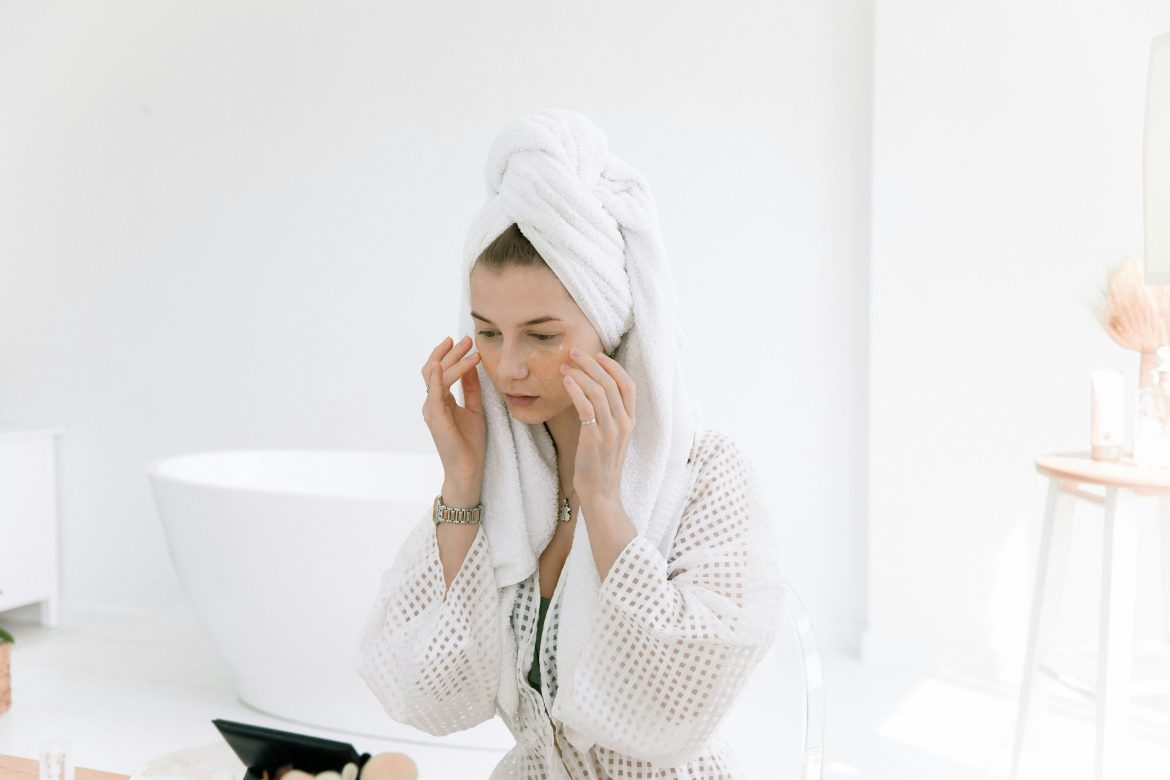Not all dryness is caused by winter air or skipping moisturiser. Some of the habits baked into everyday skincare routines could be doing more harm than good. And here’s the twist: some of them are things often believed to be helpful, hydrating, even. But if the skin’s feeling tight, flaky or just generally out of sorts, one of these sneaky culprits could be to blame.
ALSO SEE: Are makeup primers really needed? Primers to reach for with mature skin
Using the wrong kind of cleanser
A squeaky-clean face might feel like a job well done, but if the skin feels tight after washing, it’s likely the cleanser is stripping away more than just dirt. Foaming cleansers, in particular, can disrupt the skin’s natural oil balance, especially on dry or sensitive skin types. It might be time to swap anything that lathers aggressively for a creamier, more nourishing formula.
Sticking to the same routine for too long
Skincare needs evolve over time, but routines don’t always catch up. What worked brilliantly five or ten years ago might now be out of sync with how the skin behaves today. As hydration levels drop with age, products packed with richer textures and barrier-repairing ingredients become more essential. If skin suddenly seems dry despite sticking to the usual routine, that routine might be the problem.
Choosing the wrong moisturiser texture
A moisturiser labelled ‘hydrating’ doesn’t always deliver the goods, especially when the formula is too lightweight. Gel textures might feel fresh and fast-absorbing, but they often don’t do enough for skin that’s genuinely parched. A thicker, lipid-rich cream helps seal in moisture and rebuild the skin barrier. This is especially important during colder months or for those already prone to dryness.
Overdoing exfoliation
Acids like AHAs and BHAs are brilliant for glow and smoothness, but too much of a good thing quickly becomes too much, full stop. Over-exfoliation can weaken the skin barrier, leading to inflammation, flaking and increased sensitivity. If redness or stinging has crept in, it could be time to scale back or switch to a gentler alternative, like PHAs, which hydrate while exfoliating at a much slower pace.
Relying only on hyaluronic acid
Hyaluronic acid is a go-to hydrator for many, but it’s not always enough on its own, especially in dry climates or rooms with central heating. In fact, when the air is dry, it can actually pull moisture from the deeper layers of the skin, leaving it even more dehydrated. Pairing it with other humectants or barrier-repairing ingredients, like beta-glucan, helps lock in moisture more effectively and support long-term hydration.
Using retinol without the right buffer
Retinol has plenty of benefits, but without a little strategy, it can leave skin red, flaky and compromised. Applying it too often, too quickly or on damp skin can fast-track irritation. To ease the transition, applying moisturiser before and after retinol, often referred to as the ‘sandwich’ method, can act as a buffer and help reduce dryness without compromising results.
Skipping oils at the end of the routine
Face oils aren’t just for adding glow, they’re a powerful tool for sealing in moisture. Applied as the final step in a skincare routine, oils create a barrier that prevents hydration from evaporating. The trick is all in the timing: apply oils after moisturiser, not before, or the benefits of everything underneath could be blocked.
ALSO SEE:
Featured Image: Pexels

